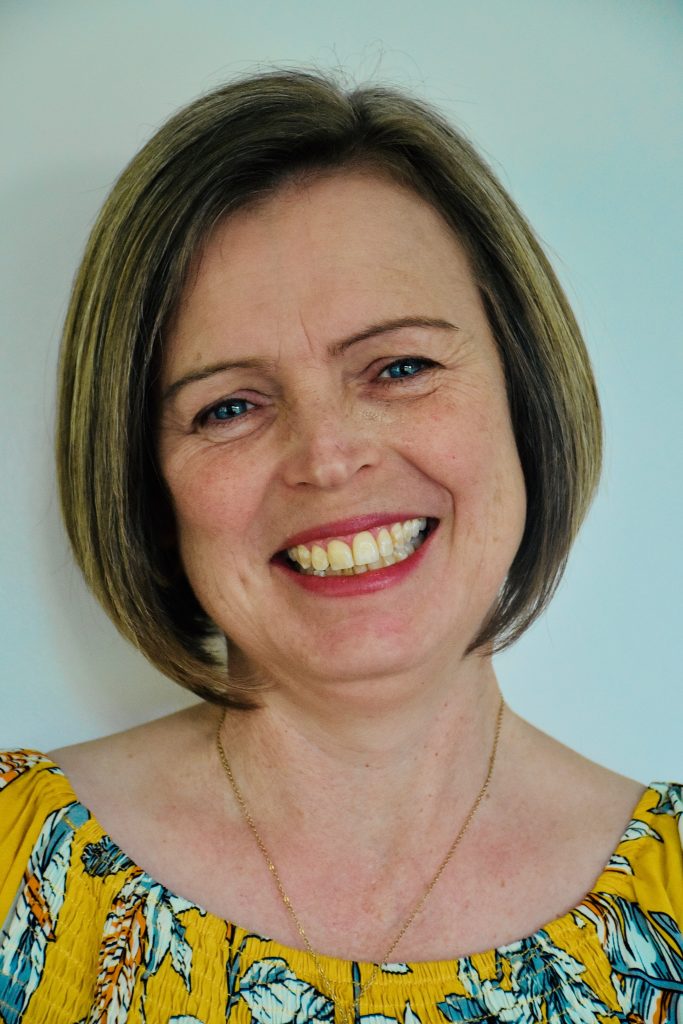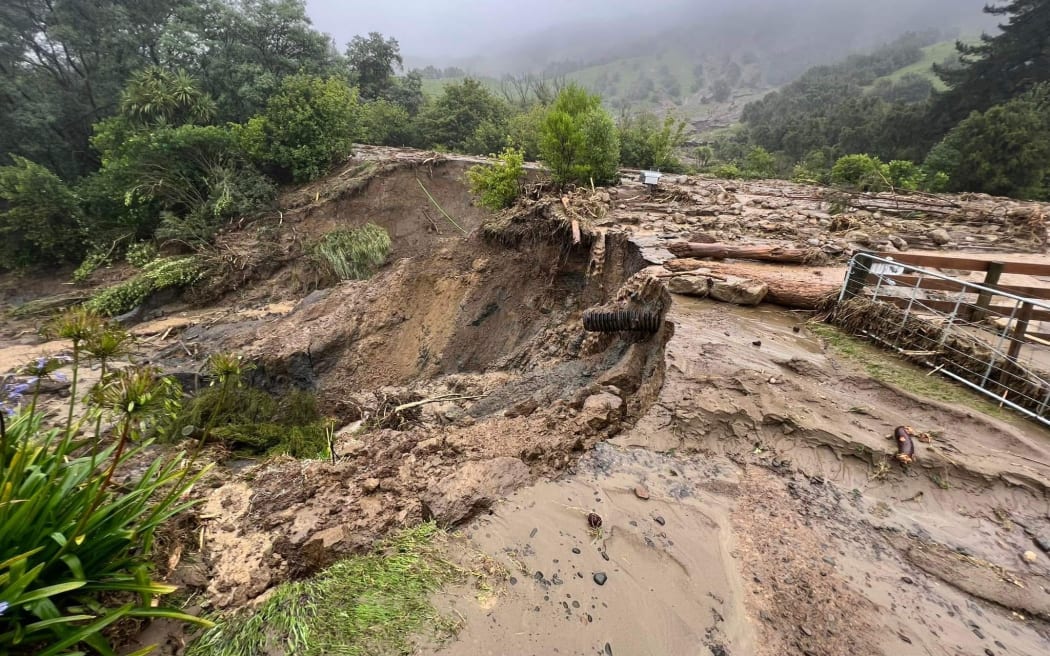Watching the devastation after Cyclone Gabrielle and the impact on people and place, reminds me of life after the Christchurch earthquakes. In the early days, we were unaware of the ongoing impact that trauma would have upon our children. Musical play became vital in helping children to grow resilience and heal. Healing qualities have been attributed to music for centuries and can facilitate post-traumatic growth.
What a powerful and moving sight to see RSE workers singing together in the dark after their rescue from the roof during the Cyclone. Again and again, people turn to singing in the midst of disaster. After the earthquakes we sang familiar, soothing songs with children. During the Covid pandemic, Queenslander Astrid Jorgensen, realising people were isolated, morphing her Pub Choir into a Couch Choir online. It became a phenomenon as people sang together from 18 countries. Singing is accessible for everyone.
In Christchurch, we identified our training, rooted in behaviourism, was not helpful when working with traumatised children. Behaviour modification techniques and talking were not the answer as traumatic experiences were embedded beneath the language brain, in the amygdala and the body. We needed to expand our horizons. Music was already part of our toolkit and with singing we didn’t need any equipment or power. We realised that all human beings were wired with a music part inside us which connected mind and body, grounded and healed us. As adults, looking after children and babies, we could be released from the burden of ‘getting it right’ for traumatised children. All we needed to do was provide the opportunity for musical play.
Rhythm stimulates patterned, repetitive neural brainstem activity necessary for the restoration of brain functioning (Rosenberg, Greenburg & Lamb, 2021).
Van Der Kolk (2007), writes in The Body Keeps the Score, that rhythmic activities can reawaken feelings of pleasure and engagement that are dulled by prolonged trauma exposure. Singing together regulates arousal, maintains alertness and allows for predictable cycles. In my daughter’s class at school they sang every morning. Her teacher explained the way in which singing helped to release endorphins; hormones that relieve pain, reduce stress and improve mood. The class laughed the next morning when a student asked if they could please, “release the dolphins” again. Through singing children can experience synchrony, predictability, a sense of belonging and joy.
In the Early Childhood setting there are many opportunities for song. Start the day singing together and use sung narrative to journey through the day, singing through transitions and routines. Children and babies love the repetition of familiar songs. Use Call & Response songs that invite turn taking, where children and babies can take the lead. This helps to create structure and safety. The challenge in a traumatic event is the lack of control, particularly for young children and babies for whom stability and routine is important. Music is predictable when all else is unpredictable and musical play invites agency through giving back control. It has a beginning and an end. It is possible to play around with humour, emotion, timing, dynamics, pitch and rhythm and let children and babies express themselves.
The choice of song must be carefully thought out. Much of current music for children and babies has ‘rushing song syndrome’, fast paced, frenetic and written by adults who imagine what children would like to hear. Come from the world of the child and view it through their eyes and ears. Think purposefully about songs that help children and babies to regulate. Sing about their interests, what is going on in their world and connect to songs they love. Then you can join them through song in their heightened state and bring them down to a place of calm. Working in Early Childhood we also have the chance to model this to Whānau and take them on the singing journey with us. Healing is necessary for the whole community and our children take the songs they sing into the home.
With recent traumatic events, it is important to give ourselves permission to sing healing songs to the children we work with. The impact could be greater than we realise.
Rosenberg, N., Greenburg., D & Lamb, M. (2021, February). Musical engagement is linked to posttraumatic resilience: The role of gender, personality, and music listening styles after childhood trauma. Sage Journals. https://doi.org/10.1177/20592043219
Van der Kolk, B. A. (2014). The body keeps the score: Mind, brain and body in the healing of trauma. Penguin Books.
By Michelle Wilson

Michelle has a Bachelor of Education, Diploma of Teaching and a Postgraduate Certificate in Musical Play. She put her Musical Play learning into practice while leading a three year project in Pastoral Care & Wellbeing. Michelle currently works as facilitator for a North Canterbury Kāhui Ako project engaging at-risk learners. She is passionate about meeting children and families where they are at and supporting them to flourish through the connection, healing and structure that musical play provides. She is also a mum to two daughters aged 16 and 20.
